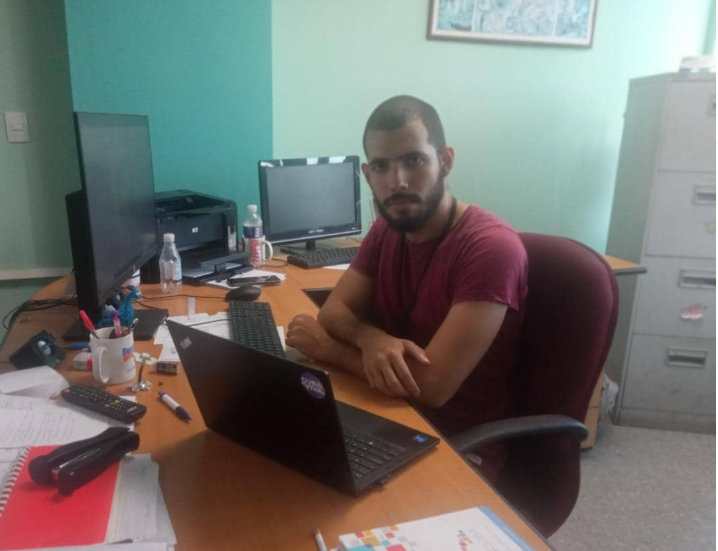Why Does the Price of Foreign Exchange Rise in Cuba?
especiales

Many Cubans associate the high costs of most goods and services with the price of foreign currency. In turn, the CUP price of these currencies (Euros, USD, MLC...) rises almost daily, a phenomenon that has occurred, practically steadily, since February 2023 until today.
Why the informal price of currencies does not stop its increase? What must happen to reverse this trend, detrimental to the economy of the country and the people? In order to provide answers to these and other questions, which worry thousands on Cuba, we spoke with Joel Marill Domenech, a young economist who works as a specialist in the Directorate of Strategic Planning and Development of the Ministry of Economy and Planning.
Why does the price of foreign exchange rise practically daily in Cuba?
It’s a supply and demand relationship. You have to understand which is the structure of the foreign exchange market. On the one hand are bidders: those sending remittances, tourism and those who have foreign currency and offer it in the informal exchange market. On the other hand, those who need it: people who are going to buy in MLC, to leave the country or to do some importat and need foreign currency in cash.
The price rises because there’s more demand than supply of currencies in the market; there are more CUP demanding currencies than currencies available. For example, if today there are 1,000 CUP demanding 100 USD, the closing price is 100; but if tomorrow there are 2,000 CUP demanding the same 100 USD, the price will go up to 200. It’s an upward accommodation.
What are the micro and macro implications of rising currency prices?
The increase in the informal exchange rate is a macro process. Another consequence is the increase in CUP prices: everything that is imported under this higher informal exchange rate is imported at a higher cost and, therefore, has higher final prices. On the other hand, there’s a deterioration in the quality of life of those who receive income in CUP; especially those with fixed income: pensioners, public sector workers...
The micro impact can be seen in the ability of companies to function. The volatility of the exchange rate has a negative impact on them. A very unstable exchange rate causes companies to update their exchange rate all the time. This, in addition to inflation, creates complications for the operation of the business sector.
Can we say there is a dollarization in Cuba?
It has not reached the point where people stop operating in national currency. Other countries, such as Venezuela or Uruguay, experienced periods in which the instability of their currencies was so high that people stopped using them and began to operate in foreign currencies. There’s dollarization here, but not at that level.
Now, if the exchange rate becomes very unstable, people could tend to set their prices in currencies and trade in them, instead of CUP. This phenomenon is called monetary substitution. It could be more damaging than it is now.

What would have to happen to reverse currency prices now?
Fighting the increase in the informal exchange rate and its consequences has a lot to do with fighting the causes that generate it. Reversing the situation of increase is basically attacking its causes.
On the one hand, it would be necessary to increase the supply of foreign currency in the informal market. That will gradually happen with more tourism and a recovery of remittances. On the other hand, monetary excesses in CUP could be cut, since they cause a greater demand for foreign currency. It would be a two-way task.
Translated by Amilkal Labañino / CubaSí Translation Staff














Add new comment